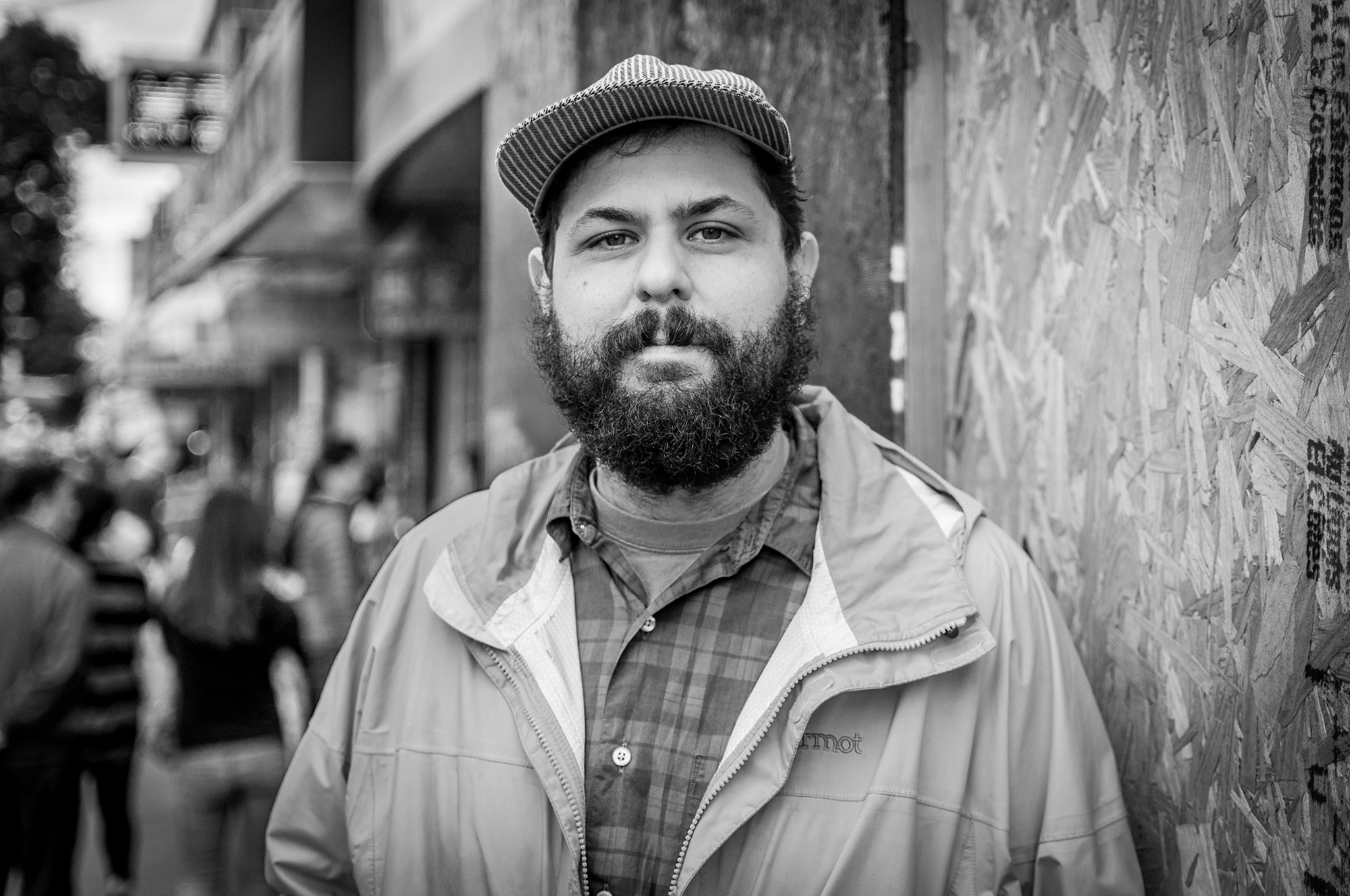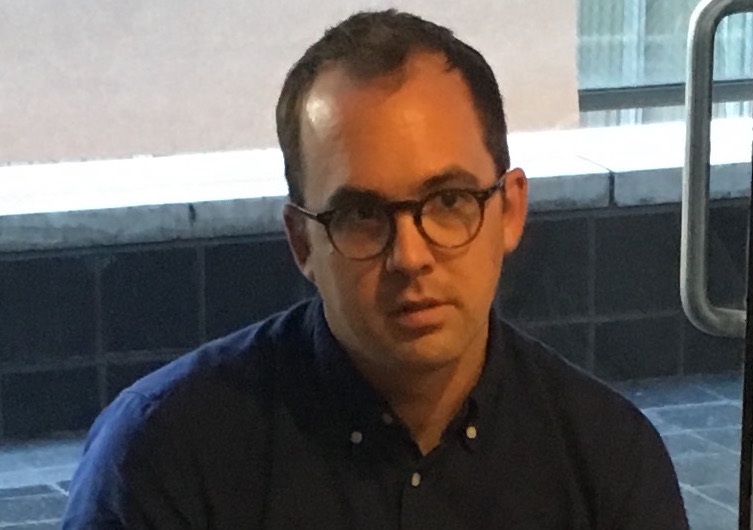Outcome: Japanese Expanded Cinema Research Project
Ann Adachi-Tasch
Since 2017, Collaborative Cataloging Japan, with its research partners Go Hirasawa and Julian Ross, have pursued study and preservation projects related to Japanese Expanded Cinema. Grants from the Andy Warhol Foundation, Terumo Foundation, Japan-US Friendship Commission, and others, made possible to conduct interviews, artist talks, collection survey, publication, and preservation projects. In 2020, we are pleased to see these projects come to fruition with a series of presentations with partner institutions. First of “mini reports” on our outcomes, the exhibition project is the result of our interview research and preservation projects.
Opening on March 6th, Motoharu Jonouchi and Keiichi Tanaami: More Than Cinema (March 6 - April 19, 2020, Pioneer Works, Brooklyn, NY), research on Motoharu Jonouchi and Keiichi Tanaami will be showcased through a presentation of four works.
Motoharu Jonouchi, Hi Red Center Shelter Plan
1964, 19 min, 16mm, b&w, silent
+ Hi Red Center Shelter Plan newly found footages 1964, digital, b&w, silent (monitor)
+ Imperial Hotel Documentation, digital, b/w (monitor)
Motoharu Jonouchi, VAN Film Science Research Center Document 6.15
1961, 16mm transferred to digital video, b/w, silent
+ VAN Film Science Research Center, Document 6.15 newly found footages, 1961, digital, b/w, silent (monitor)
Keiichi Tanaami, 4 EYES
1975, 16mm double projection transferred to digital video, 9 min, color, sound
Keiichi Tanaami, Human Events
1975, 5 min, 16mm double projection, color, sound
Go Hirasawa, who led the Jonouchi research, digitized newly found cut positive film footages that may have been included in original presentations of the two works. Hirasawa’s essay on Jonouchi can be read here.
Julian Ross led the research on Keiichi Tanaami, and worked on a Collection Survey with archivist John Klacsmann and Peter Oleksik. Based on the findings of the research, we restored Human Events, a six-panel film work made for a dance work by Kazuko Tsujimura. The archival copy was donated to The Museum of Modern Art and is now part of their film collection.
Interviews with curators, artists, and archivists helped us think through core issues of re-presenting historical film works that were meant to be presented as one-off event or performance.
Artist and moving image archivist Andrew Lampert has been working through the challenges that face presentation and preservation of moving image works. In this interview, Lampert gave great feedback to our Expanded Cinema research team about various aspects of presenting and preserving complex media art: digital vs. analog, performance vs. installation, iterative life of works, presentation and archival material, and the importance of documentation. Julian Ross, Ann Adachi-Tasch, and Go Hirasawa conducted the interview, at New York University, on March 9, 2017.
During the 2018 CCJ Collection Survey of Keiichi Tanaami collection, researcher Julian Ross conducted an interview with the artist to learn about his expanded cinema works, the context for creating those works, and his views on presenting them today.
2018年に行った田名網敬一氏の映像コレクション・サーベー調査の際、研究者ジュリアン・ロス氏インタビューを行いました。現在ロス氏が進めているエクスパンデッド・シネマに関して、当時の様子や今日の展覧についてなど伺いました。
Artist and moving image archivist Andrew Lampert has been working through the challenges that face presentation and preservation of moving image works. In this interview, Lampert gave great feedback to our Expanded Cinema research team about various aspects of presenting and preserving complex media art: digital vs. analog, performance vs. installation, iterative life of works, presentation and archival material, and the importance of documentation. Julian Ross, Ann Adachi-Tasch, and Go Hirasawa conducted the interview, at New York University, on March 9, 2017.
Japanese Expanded Cinema Research project was supported in part by the following foundations.
The Andy Warhol Foundation











